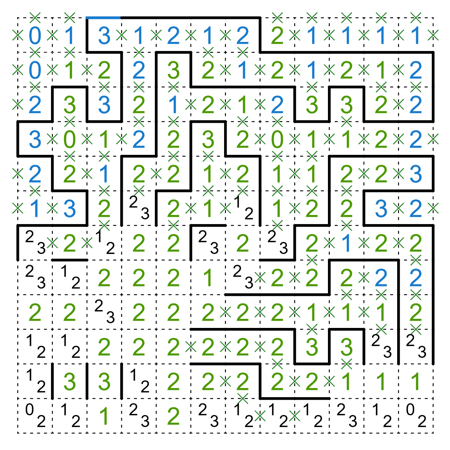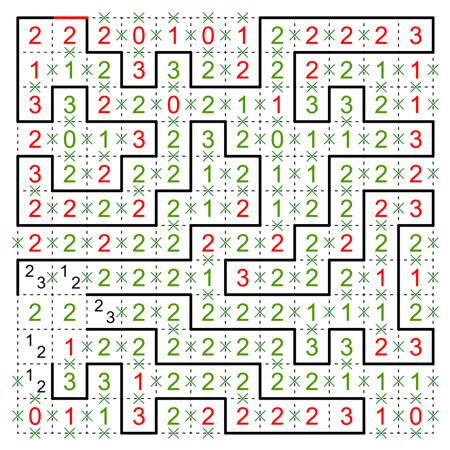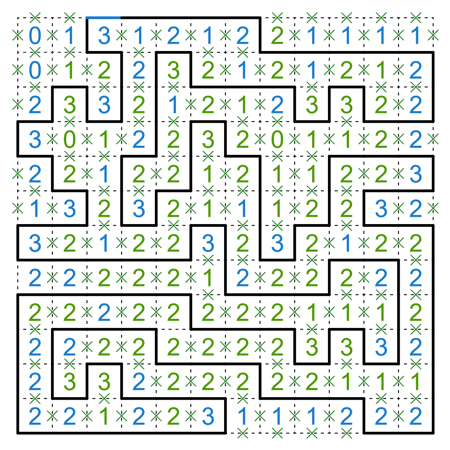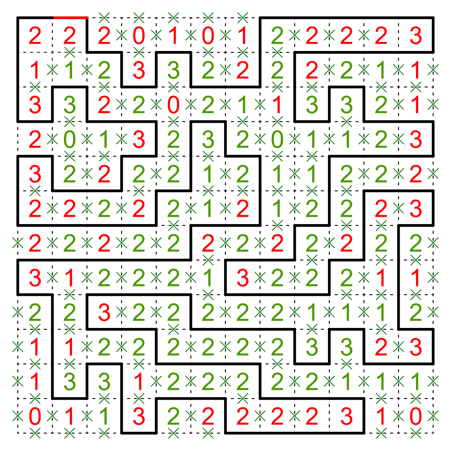🐍
We are presented with a grid of snakes and letters, as well as some enumerations in the form of 🐍 emojis. Each snake (from head to tail) traces out a word or phrase that is thematic to its “species” or color. Using the overlaps and given letters, we can slowly fill in the grid. Helpfully, the enumerations are given in alphabetical order.
| Species | BLACK MAMBA | COPPERHEAD | OUROBOROS | PYTHON | RATTLESNAKE | SIDEWINDER |
|---|---|---|---|---|---|---|
| Gimmick | Basketball Player Nicknames | Starts with Cu | Begins and ends with same 3 letters | Keyword in Python | Animal sounds | Can be prefixed with SIDE |
| Snakes | ICEMAN | CUBAN | CALLIGRAPHICAL | CONTINUE | BLEAT | BET |
| MAGIC | CUBE | EINSTEIN | ELSE | GOBBLE | LINE | |
| PISTOLPETE | CUMIN | ENTRAPMENT | EXCEPT | GROWL | ||
| REIGNMAN | CURSIVE | INGESTING | GLOBAL | MOO | STEP | |
| THEANSWER | CUTTINGEDGE | UNDERGROUND | PASS | WARBLE | SWIPE | |
| VINSANITY | RETURN | WHINNY | WAYS | |||
| TRY | ||||||
| WHILE |
Completed grid
| C | E | M | O | O | X | C | T | E | S | L | E |
| I | N | A | W | H | E | E | P | K | M | A | C |
| E | S | T | E | I | L | W | O | C | N | G | I |
| G | D | E | P | N | N | Y | R | M | A | P | H |
| U | N | G | L | O | T | R | G | N | R | B | R |
| O | I | T | C | N | S | E | I | I | G | L | A |
| R | E | T | U | R | I | P | L | L | O | E | W |
| G | R | H | B | E | W | A | A | G | B | A | T |
| D | E | E | A | N | S | Y | C | U | B | L | E |
| N | U | N | G | E | S | T | T | R | S | I | V |
| C | T | I | C | U | M | I | N | A | S | N | T |
| O | N | T | E | B | G | N | E | P | M | E | N |
| C | E | M | O | O | X | C | T | E | S | L | E |
| I | N | A | W | H | E | E | P | K | M | A | C |
| E | S | T | E | I | L | W | O | C | N | G | I |
| G | D | E | P | N | N | Y | R | M | A | P | H |
| U | N | G | L | O | T | R | G | N | R | B | R |
| O | I | T | C | N | S | E | I | I | G | L | A |
| R | E | T | U | R | I | P | L | L | O | E | W |
| G | R | H | B | E | W | A | A | G | B | A | T |
| D | E | E | A | N | S | Y | C | U | B | L | E |
| N | U | N | G | E | S | T | T | R | S | I | V |
| C | T | I | C | U | M | I | N | A | S | N | T |
| O | N | T | E | B | G | N | E | P | M | E | N |
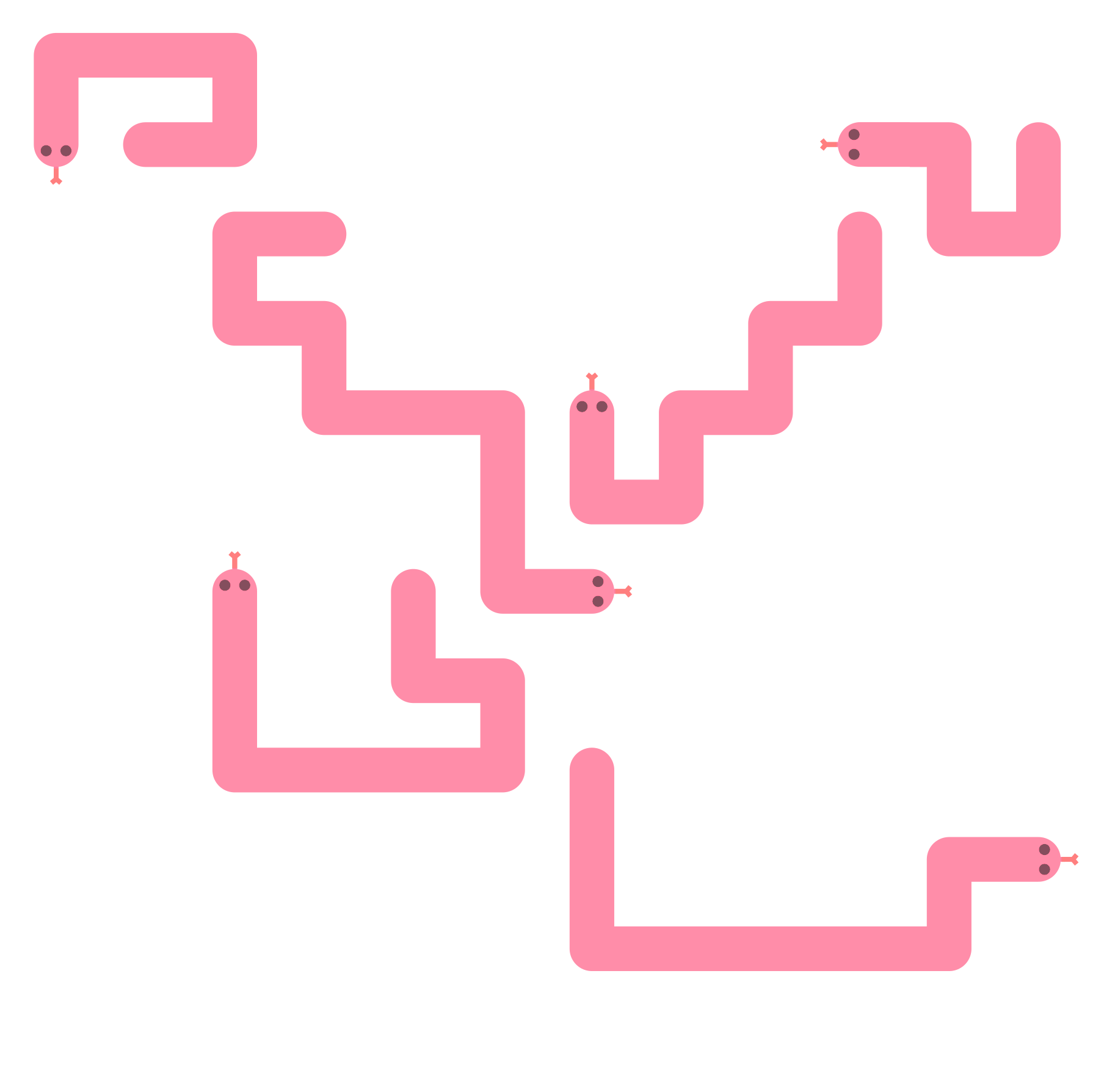
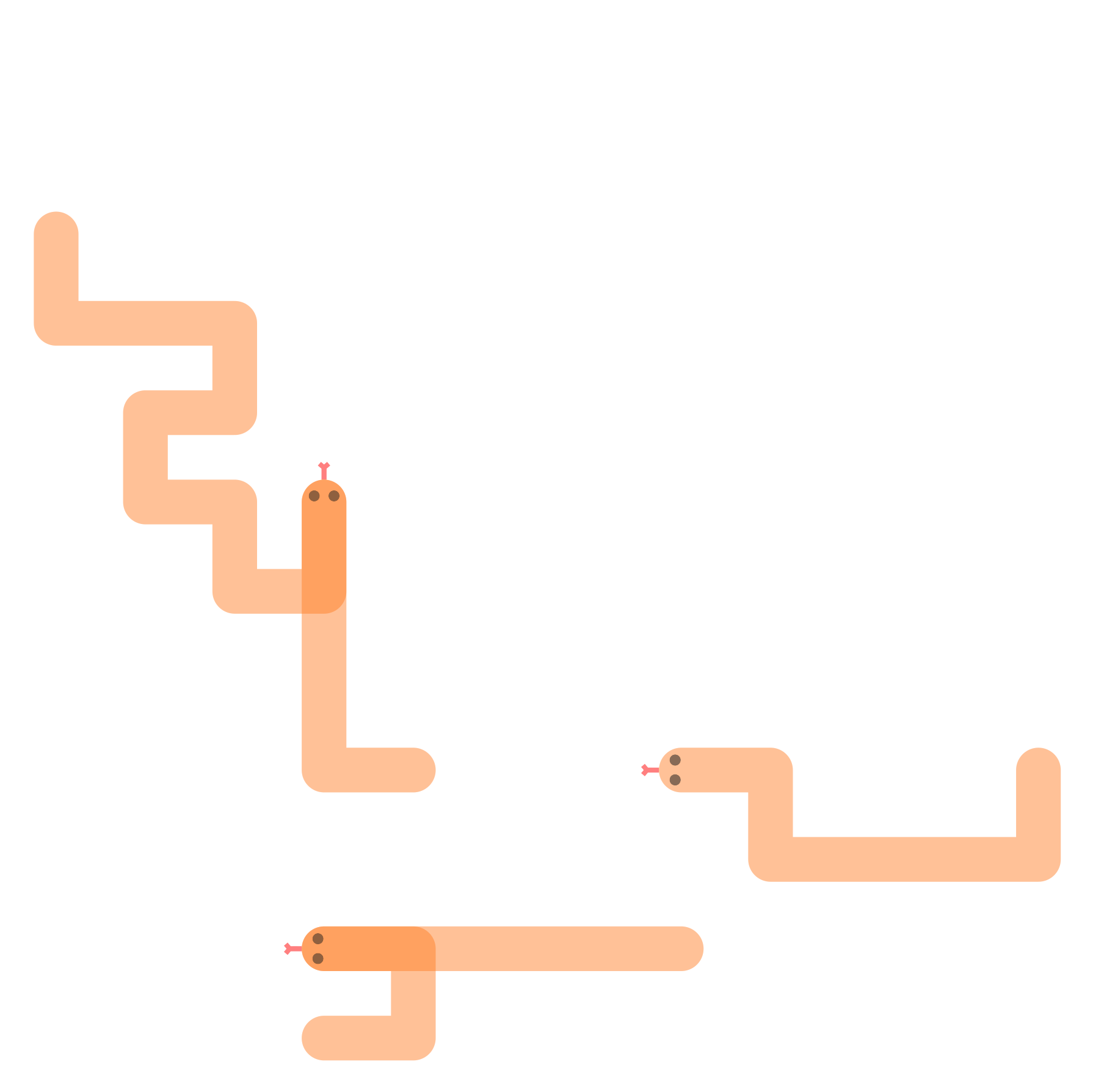
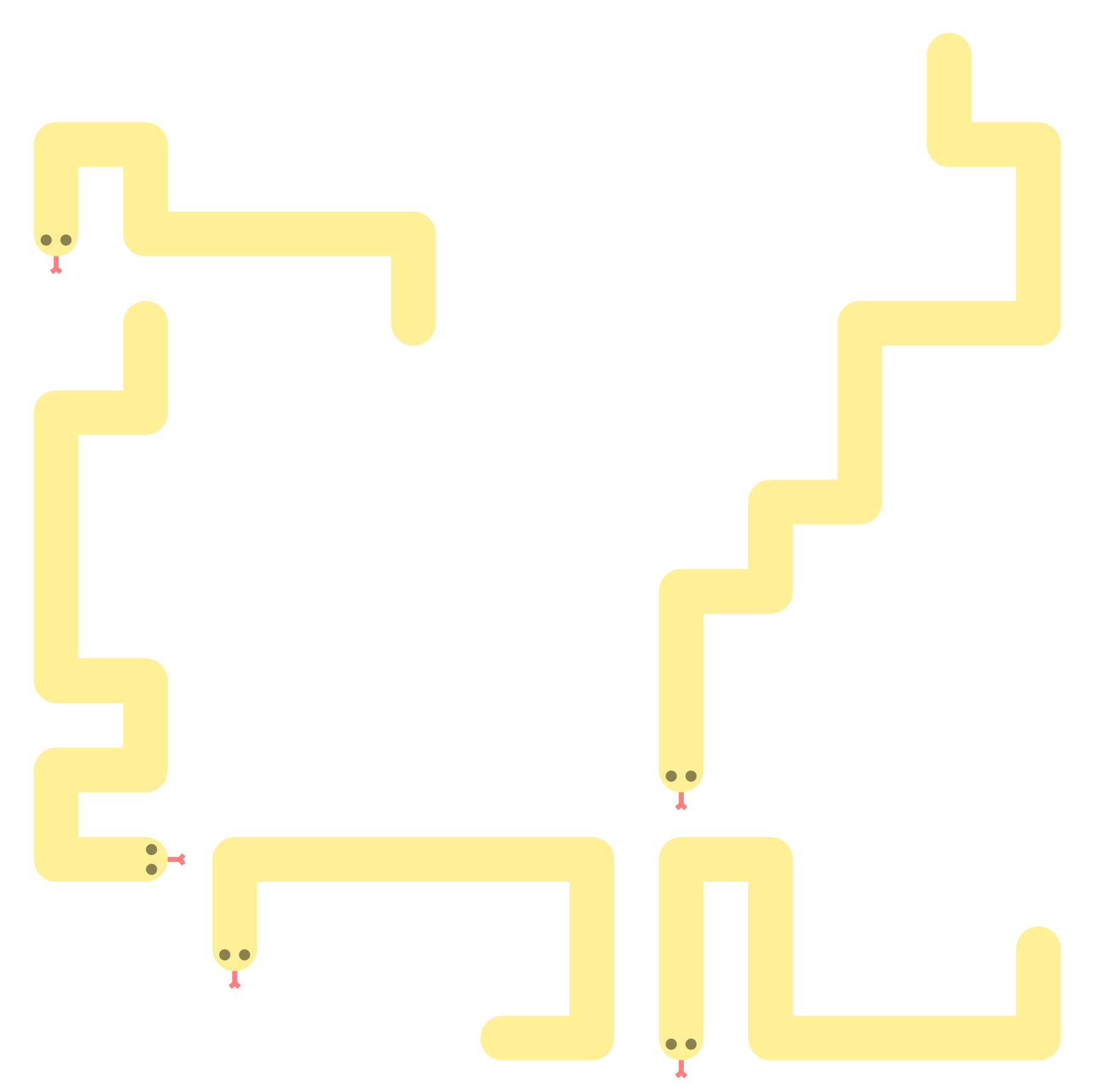
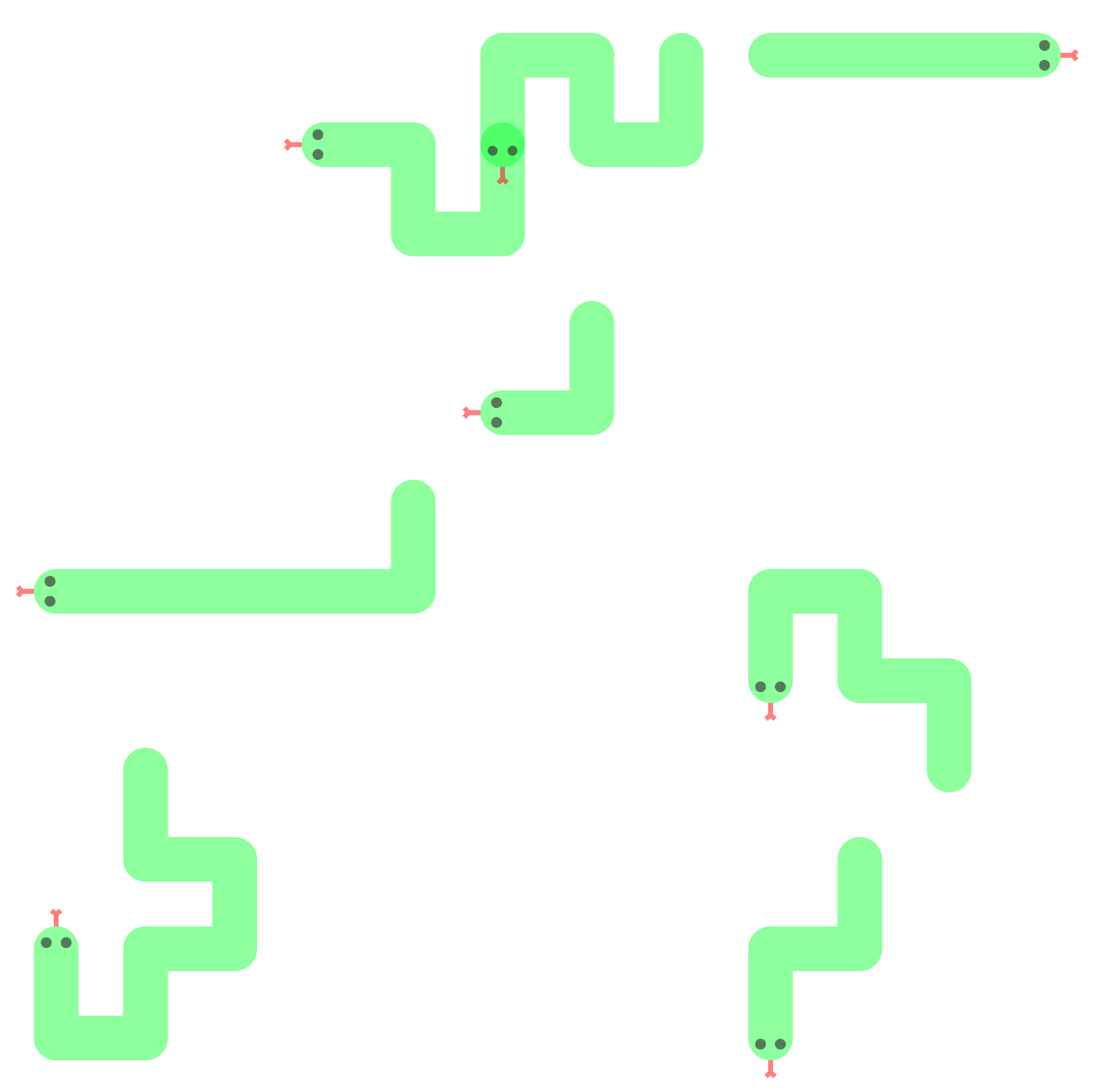
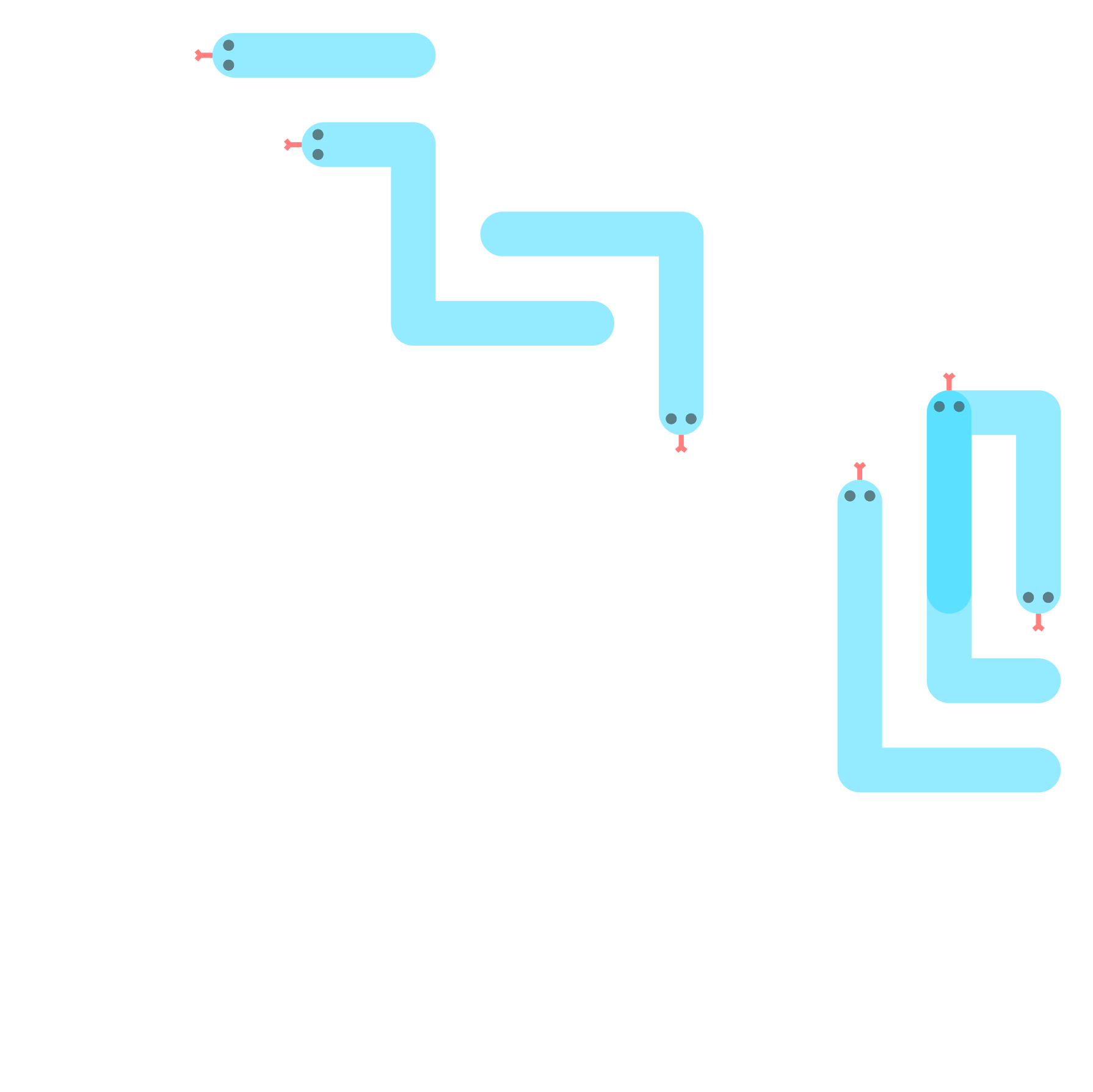
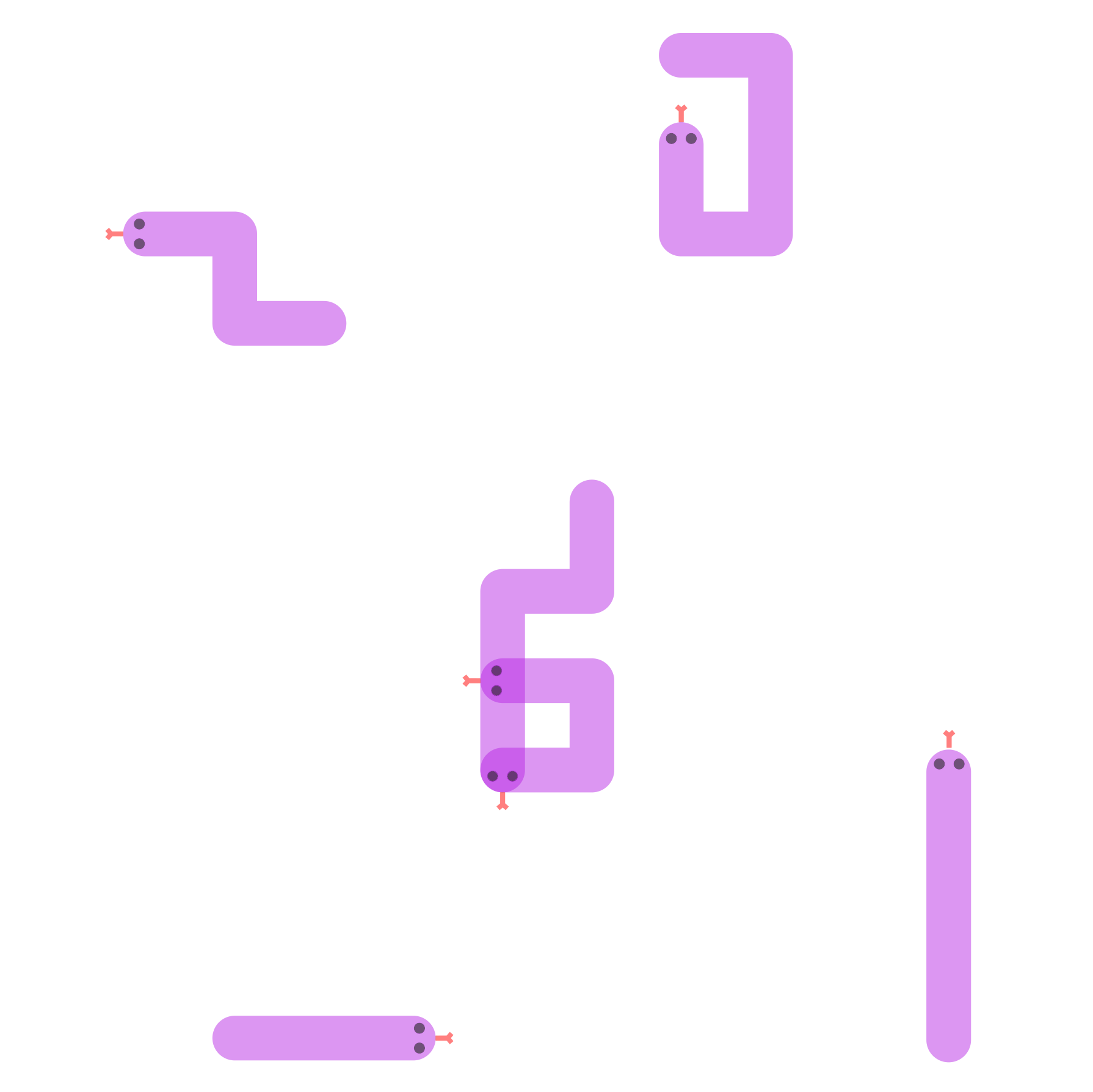
Some 🐍 emojis have pairs of numbers below them and the pairs of numbers should also be filled into the grid. The given numbers below the species names form an acrostic that spells out the cluephrase TWO SLITHERLINKS. This clues that we can then solve two simultaneous Slitherlink puzzles with the filled in pairs of numbers. Note that the numbers are always given in non-decreasing order, so we must determine which number belongs to which Slitherlink grid while solving.
Once the Slitherlinks are solved, we can look at the letters in the cells inside both Slitherlinks, which spells out the answer PET PEEVE.
Appendix
Slitherlink solve path
We first note down all the Slitherlink clues. Many of the cells contain only one digit, which are highlighted here in green.
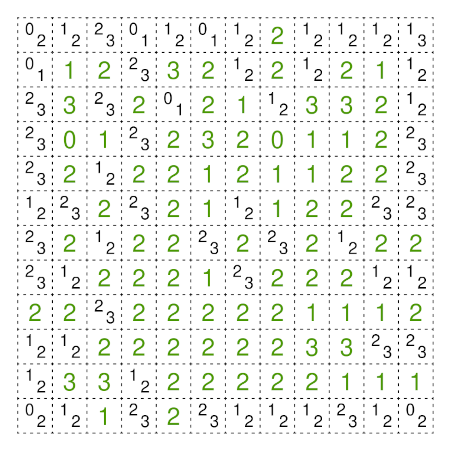
Using the green digits, we can make some progress through standard Slitherlink logic. This will yield portions of the loop that are common to both solutions. With just the green digits we are able to get as far as follows:
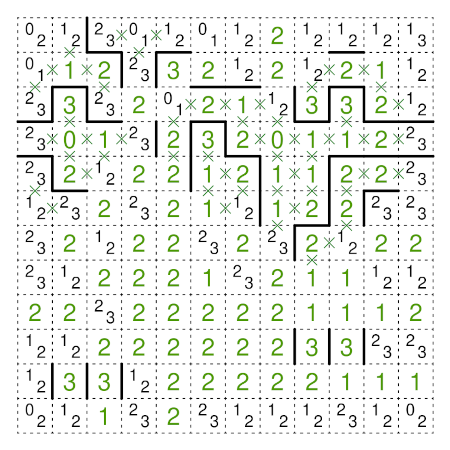
At this point, we need to select one cell to bifurcate, assigning one digit to one of the solutions and the other digit to the other solution. A choice candidate here is the cell in row 1 column 3. The left border must continue on to the left if the cell is a 2 and must continue on to the right if the cell is a 3. After bifurcating, we are able to make some progress in both solutions as depicted below.
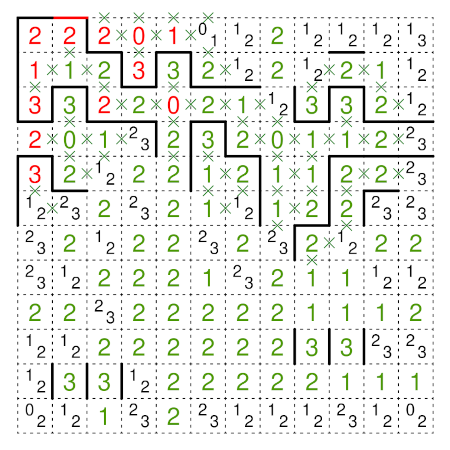

The remainder of the solve path consists of “leapfrogging” one solution over the other. For example, the cell in row 6 column 1 must be a 1 in the blue solution which forces it to be a 2 in the red solution. This now allows more progress to be made on the red solution:
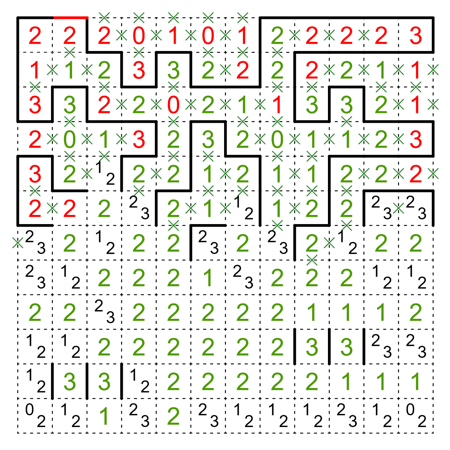
Continuing this “leapfrogging” method allows us to complete the two solutions. Each picture below shows the progress we are able to make by inferring new givens from the other solution and then using standard Slitherlink deductions.
